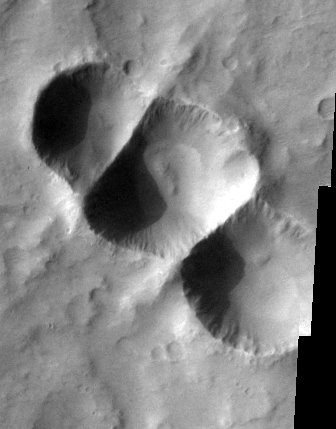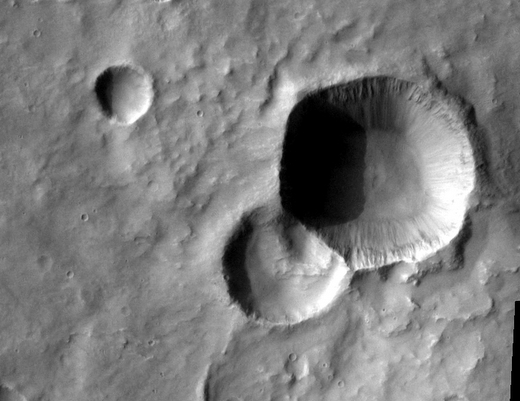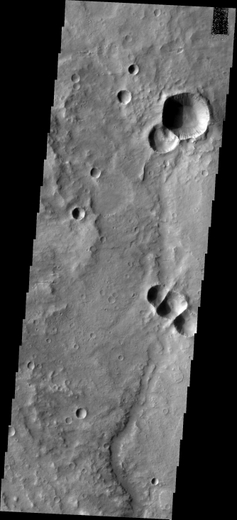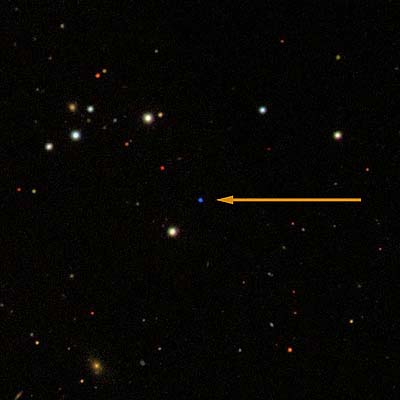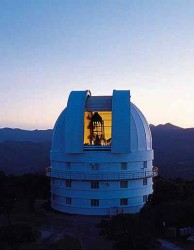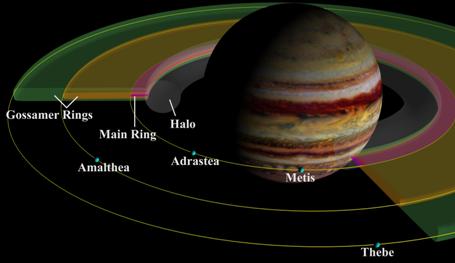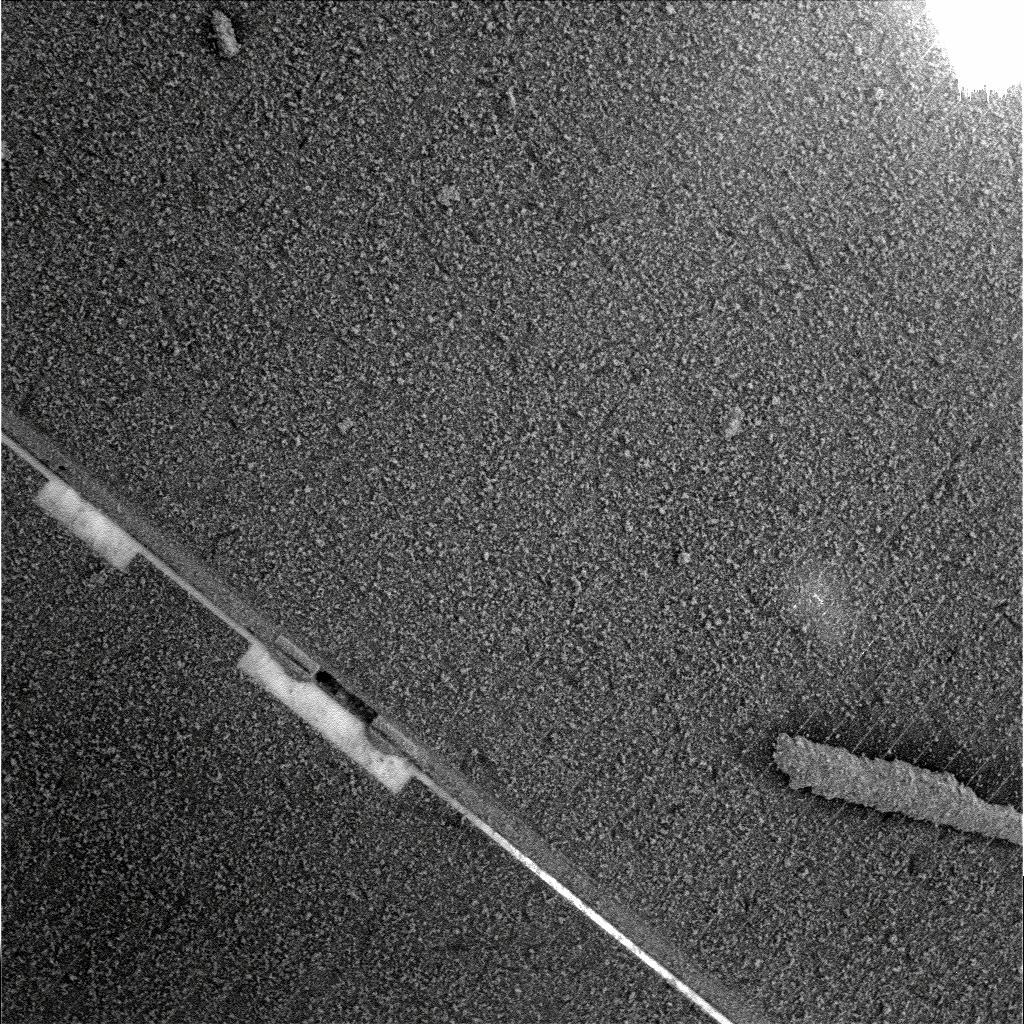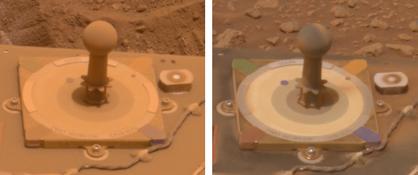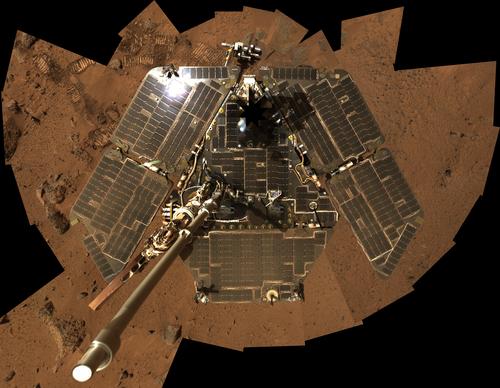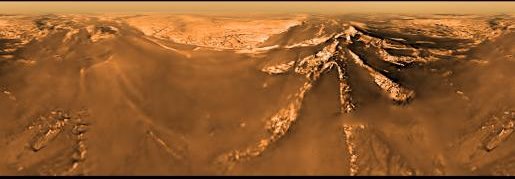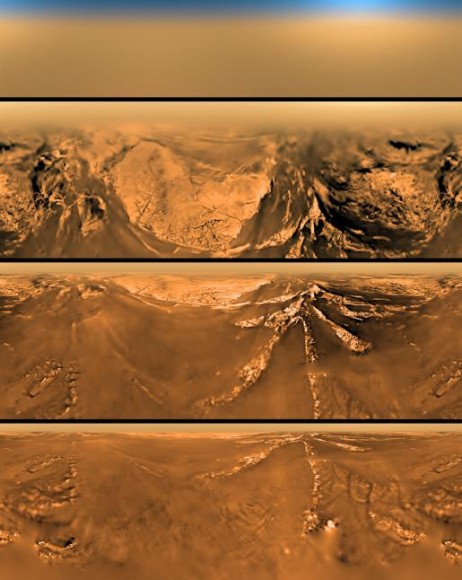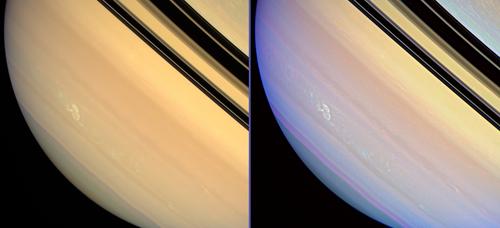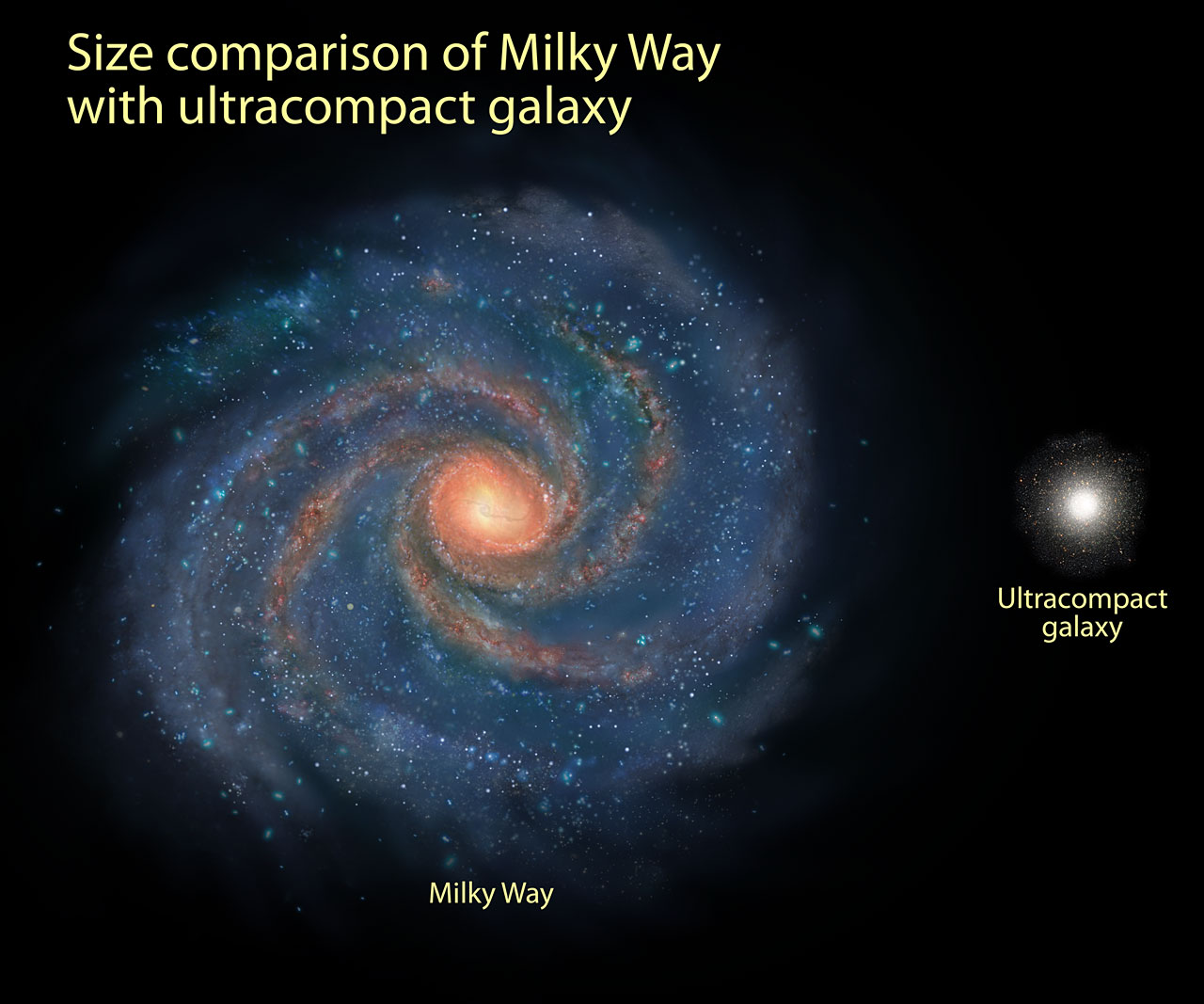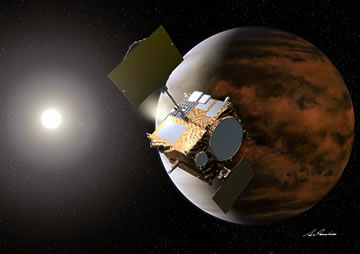It’s the first Friday in May; therefore it must be Space Day! Since 1997 people around the world have used this day to celebrate humankind’s accomplishments in our exploration of space, as well as recognizing the benefits and opportunities that space exploration provides. While anyone can celebrate this occasion, the main goal of Space Day is to “promote math, science, technology and engineering education by nurturing young peoples’ enthusiasm for the wonders of the universe and inspiring them to continue the stellar work of today’s space explorers.†So, if you can, spend some time today talking about space and astronomy with a young person. Even better: do a space-related activity together….
The Space Day website has some great information for students, educators and parents and includes activities, games, and educational materials to download. For educators there are lesson plans and an event organizer.
The website even lists 101 Ways To Celebrate Space Day. Some of my favorites are:
#2. Pretend you are a reporter. Write a story about an important event in space exploration history. (I really like this one, and its even better when you don’t have to pretend!)
#23. Make models of craters or volcanoes from other planets. (Both are extremely fun.)
#37. Ask a librarian to help you find books about space exploration. (Librarians are wonderful.)
#101. Celebrate Space Day on the first Friday of May!
Learn more about Space Day here.


